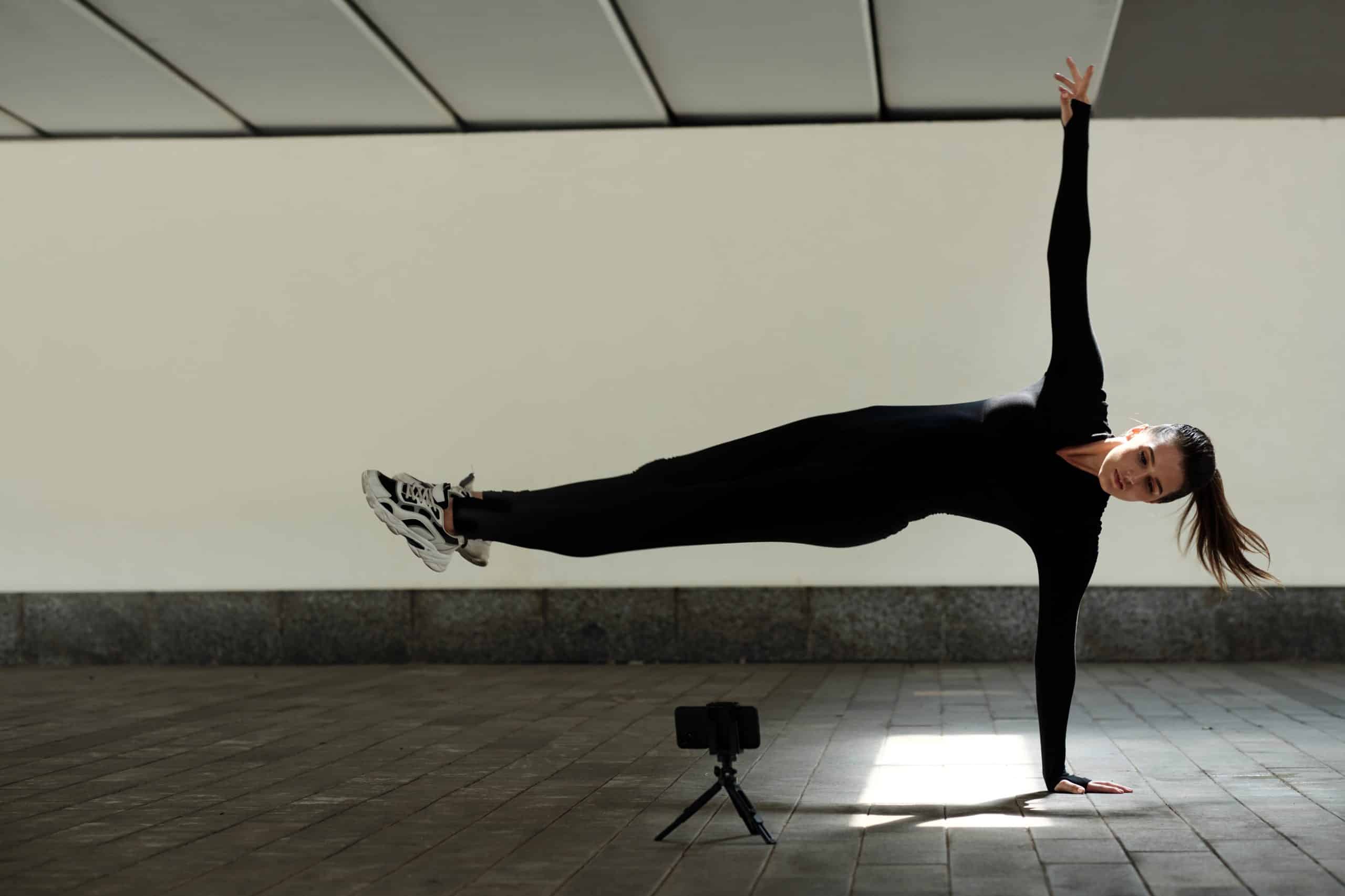What Role Does Aerodynamic Testing Play in Improving Performance in Professional Cycling?

Cycling, a sport of endurance and speed, is continually evolving. Technological advancements and rigorous training regimens have significantly influenced the performance of professional cyclists. But, one aspect that has taken center stage, and has given the sport a whole new dimension is aerodynamics. It's a science that studies the behavior of air when it interacts with solid objects, in this case, cyclists. So, what is the role of aerodynamic testing in improving performance in professional cycling? Let's delve into the depths of this fascinating subject.
The Importance of Aerodynamics in Cycling
To understand why aerodynamics is crucial in cycling, you first need to understand how air resistance or drag affects a cyclist’s performance. A bike rider has to overcome three main types of resistance when cycling: rolling resistance, mechanical resistance, and wind resistance. The most significant of these is wind resistance or drag, accounting for up to 90% of the total resistance faced by a cyclist on a flat road.
A lire également : How to Incorporate Mindfulness Practices Into Pre-Game Routines for Football Players?
When you cycle, you push the air in front of you, causing turbulence and creating resistance. This is what we call drag. The higher the speed, the greater the drag and the more power a rider needs to maintain their pace. Therefore, aerodynamics plays a crucial role in cycling, where the objective is to decrease the drag and improve a rider's speed and efficiency.
Aerodynamic Testing and Its Impact on Performance
Aerodynamic testing, often carried out in wind tunnels, has become an integral part of cycling. It helps cyclists understand how to reduce air resistance and improve their performance. It involves studying the interaction between the rider's body, the bike, and the air. The testing process will examine various factors such as rider's position, the shape and design of the bike, clothing, and helmet.
Sujet a lire : What Are the Effects of Altitude Training on VO2 Max Among Elite Swimmers?
During these tests, athletes cycle in a controlled environment where their aerodynamic drag is measured at different speeds and positions. The collected data will then be analyzed to find ways to reduce the drag and enhance the rider's speed and performance.
For example, the rider's position on the bike can significantly influence drag. A more aerodynamic position can be achieved by lowering the torso and bringing the elbows in, making the body more streamlined. But it's not only about the position; it's also about maintaining it, which requires strength and flexibility.
The Impact of Aerodynamics on Bike Design
The design of the bike also has a significant impact on a rider's aerodynamics. It's not just about the shape and size of the bike, but also the materials used. Manufacturers are continually innovating, testing new materials and designs to make bikes as aerodynamic as possible. The goal is to create a bike that cuts through the air with minimal resistance.
Wind tunnel testing allows manufacturers to refine their designs, making them more aero. They can test different components of the bike, like the frame, wheels, and handlebars, and see how they affect the overall aerodynamics. The data collected from these tests can lead to innovations that significantly improve bike performance.
Aerodynamics in Race Strategy
Aerodynamics is not only essential in training and bike design but also in race strategy. Understanding aerodynamics can help a team strategize for a race, deciding when a rider should break from the pack, when to conserve energy, and when to speed up.
During a race, riders often form a peloton, a close-packed group that provides shelter from the wind to the cyclists in the middle and at the back. The riders at the front of the peloton encounter the most wind resistance, while those behind them benefit from the draft, experiencing less resistance and thus conserving energy.
In individual time trials, where drafting is not allowed, the importance of aerodynamics is even more evident. Here, the rider with the best aerodynamics has a significant advantage. A well-performing aero bike and a good position can make the difference between winning and losing.
The Future of Aerodynamics in Cycling
Looking ahead, the role of aerodynamics in professional cycling will continue to grow. With the continued advancement in technology, we can expect more sophisticated wind tunnel testing, better bike designs, and more innovative race strategies.
The potential for improving performance through aerodynamics is vast. From the use of lighter, more streamlined materials to the development of better testing equipment, the possibilities are endless. The future of professional cycling is undoubtedly going to be shaped by aerodynamics. We are at a fascinating juncture where the quest for speed is no longer solely about the power in an athlete's legs, but also about the science of air.
In conclusion, aerodynamic testing plays a critical role in professional cycling. It helps athletes and manufacturers understand how to reduce air resistance, improve speed and performance, and strategize for races. It is a science that is shaping the sport, influencing how races are won and lost.
Advanced Aerodynamic Testing Techniques
In the quest for improved aerodynamics and better performance, advanced testing techniques have been developed, exploiting cutting-edge technology. Wind tunnel testing remains the gold standard for aerodynamic testing in cycling. It simulates similar conditions to those a cyclist would face on the road, presenting valuable insights into reducing aerodynamic drag.
During wind tunnel testing, a cyclist rides their bike on a stationary platform while a powerful fan generates a wind flow. The cyclists' aerodynamic efficiency is measured using various sensors, including a power meter that precisely monitors their power output. The primary aim is to minimize the frontal area, which is the surface area exposed to the wind. This is achieved by adjusting the body position on the bike, the design of the road bike, and the choice of clothing and helmet.
However, the drawback of wind tunnel testing is that it can't wholly replicate real-world conditions, such as varying wind directions, road surfaces, and air density. To supplement tunnel testing, Computational Fluid Dynamics (CFD) and real-time power meters on road bikes are being used.
Computational Fluid Dynamics is a branch of fluid mechanics that uses numerical analysis to predict fluid flow. In cycling, it is used to analyze the airflow around the cyclist and bike, offering a more detailed understanding of how to reduce drag force.
Real-time power meters, on the other hand, measure the cyclist's power output while they are riding, providing immediate feedback on their performance. This allows the cyclist to adjust their aerodynamic position and power output in real time and understand the direct correlation between their position, power, and speed.
The Role of Aerodynamics in Cycling: Concluding Thoughts
In the grand scheme of professional cycling, the role of aerodynamics cannot be overstated. It has become even more critical with the advent of advanced testing techniques such as wind tunnel testing, Computational Fluid Dynamics, and real-time power meters.
These tools have provided cyclists and manufacturers with a wealth of data, helping them understand how to reduce wind resistance, optimize body position on the bike, and enhance aerodynamic performance. What's more, they have enabled the development of more aerodynamic road bikes and clothing, and even influenced race strategy.
As the science of aerodynamics continues to evolve, so too does its impact on professional cycling. The focus is not only on physical stamina and power output of the athletes but also on maximizing their aerodynamic efficiency.
Looking towards the future, it's clear that aerodynamics will continue to shape the landscape of professional cycling. The pursuit of better performance through reduced aerodynamic drag will remain at the forefront. It is a perfect blend of human endeavor and technological advancement, where the limits are constantly being pushed in the quest for speed.
In conclusion, aerodynamics is more than just a scientific concept; it's a vital factor that determines the outcome in professional cycling. From bike design to body position, from training regimes to race strategies; every aspect is touched by the science of air resistance and wind flow. The role of aerodynamics in cycling is indeed profound and transformative, with its influence likely to increase even more in the future.
